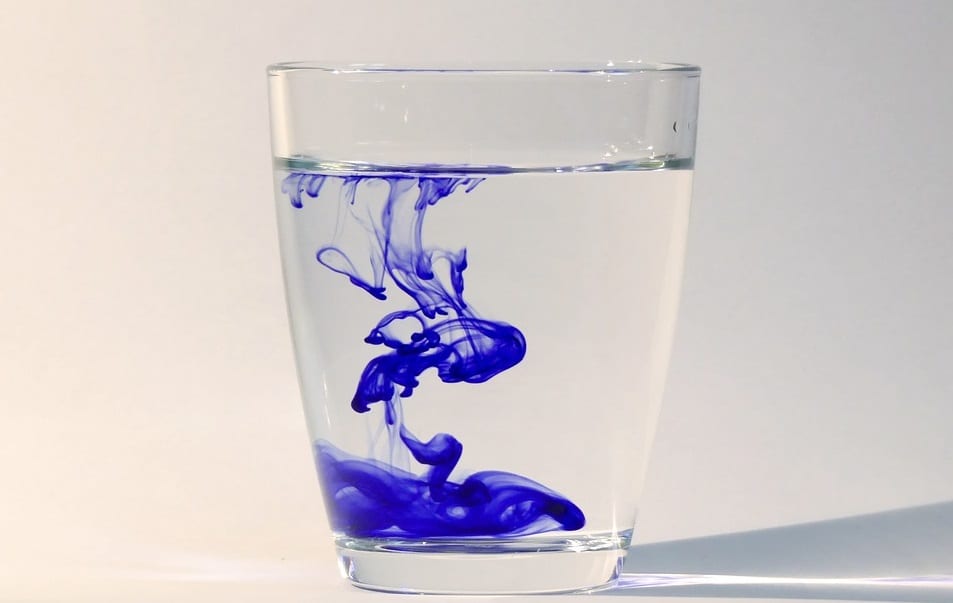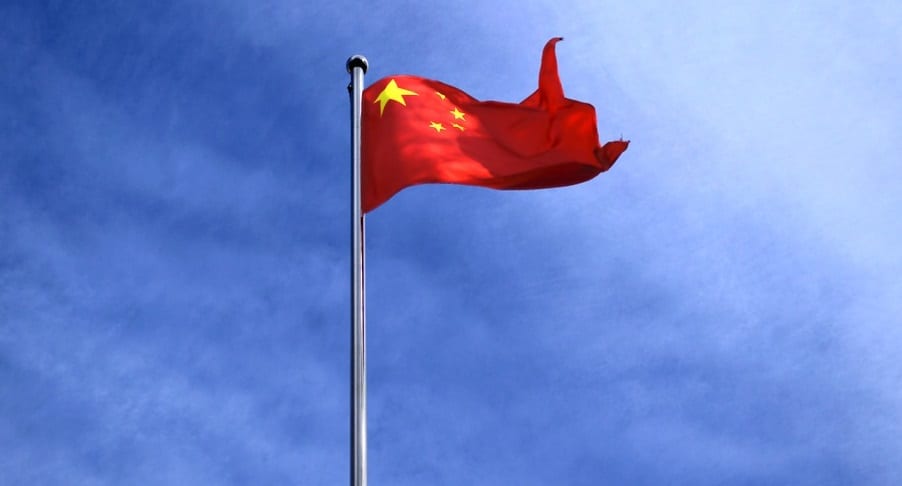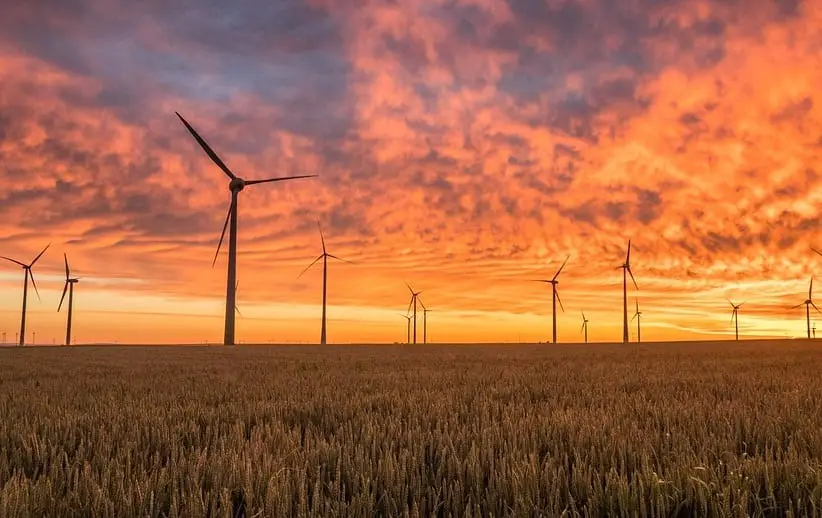
Waste product from textiles could benefit renewable energy storage tech
September 4, 2018Scientists find that a blue dye from textile waste could change battery design
Chemists at the University of Buffalo have learned that methylene blue has the potential to be repurposed to create a renewable energy storage technology.
The blue dye could be utilized as a battery.
Methylene blue is a blue dye that is a major component of waste from the textile industry. In the scientists’ research, published in the journal ChemElectroChem. They found that the dye has electrical properties, potentially making it ideal for use as a battery.
Methylene blue is used to dye fabric. However, only a mere 5% of the dye is absorbed by the fabric. The rest that is not absorbed is discarded. This is a significant issue because a factory can release thousands of liters of dye as wastewater every day.
Although methylene blue is used for other purpose beyond fabric dye, such as a medicine to treat some blood diseases, urinary tract infections, etc., it is linked to some serious side effects, as well. Among these are mental disorders, high blood pressure, abdominal pain and nausea. However, it’s the substances electrical properties that is one of its most redeeming qualities and makes it promising for renewable energy storage
The dye could function like a flexible battery for renewable energy storage.
In their studies, the scientists learned that the dye’s electrical properties allow its molecules to change form when a voltage is applied. Each molecule gains two protons and two electrons to form leuco-methylene blue.
In the process, the dye changes color from deep blue to colorless. The chemists use this as an indicator of reduction and oxidation, which is the reverse process of reduction. Methylene blue’s reversibility process is reportedly critical to its success as a battery constituent.
Large volumes of the dye could be transformed into leuco-methylene blue. This can be achieved from electricity generated by a solar cell or other renewable power source. Using a solar cell as an example, when the energy is needed at night when power cannot be generated from the sun, the reverse process can be employed to get the electricity back.
“There is a lot of research going into trying to remove the chemicals from the water, but a lot of these processes are not scalable,” Kosswattaarachchi said, reported Cosmos Magazine.
“The good thing is we can repurpose the wastewater and create a green energy storage technology.”
Kosswattaarachchi and her PhD supervisor Tim Cook tested the reversibility of the dye and discovered near-perfect performance over 50 cycles performed over seven days.
The tests have shown that methylene blue has a flexibility that other batteries, like lithium ion models, do not  possess. The chemicals in the dye have the advantage that their energy storage is independent of their power. The desired power output can be achieved by varying the size of the cell in which the chemicals are subject to the voltage. This research is promising for renewable energy storage technology.
possess. The chemicals in the dye have the advantage that their energy storage is independent of their power. The desired power output can be achieved by varying the size of the cell in which the chemicals are subject to the voltage. This research is promising for renewable energy storage technology.



 HFN News is your leading source for fresh hydrogen and renewable energy updates. Amid the fast-paced growth of hydrogen companies, we provide top-notch news and insights about this exciting sector. Our coverage spans from hydrogen cars to global sustainable initiatives, and we highlight the latest in green jobs and developing hydrogen hubs. We invite you to share your local hydrogen news and explore today’s renewable energy job listings on our site. Thanks for choosing HFN News as your trusted guide to the hydrogen and renewable energy world!
HFN News is your leading source for fresh hydrogen and renewable energy updates. Amid the fast-paced growth of hydrogen companies, we provide top-notch news and insights about this exciting sector. Our coverage spans from hydrogen cars to global sustainable initiatives, and we highlight the latest in green jobs and developing hydrogen hubs. We invite you to share your local hydrogen news and explore today’s renewable energy job listings on our site. Thanks for choosing HFN News as your trusted guide to the hydrogen and renewable energy world!